With mild dew, many gardeners faced. After all, it belongs to one of the most common fungal diseases of the plants. This ailment can hit trees, shrubs, many vegetable crops and even flowers. Therefore, it will be useful to learn more about this disease and methods to combat it.
Characteristics of the disease
The pathogens are microscopic mushrooms. The first sign of the development of the disease is the appearance on the leaves of a white plaque. When disputes ripen, liquid drops are formed on the tax, which have external similarities just with dew. Mycelium (raid), as a rule, is located on the leaves and young shoots in the form of spots. Less often it can be seen on fruits, cuttings and fruits.
The spread of infection is most often starting with leaves, which are located closest to the surface of the Earth. Gradually infected with all leaflets up to the tops. The disease also affects the fruit. Because of this, they start rotting and cracking. The secondary sign of the appearance of pulse dew on the plant is the presence of a gray shade. It over time is compacted, and its color becomes brown. Also characterized by the presence of brown balls, which are usually located on the outer surface of young branches and leaves.
Parts of plants that are most amazed by an ailment, cease to grow, and over time they are black and completely die away. Infected with dew inflorescences, as a rule, do not form barriers. It should be noted that even weak lesion can lead to a sharp decrease in resistance to low temperatures both kidney and shoots. Because of this, they gradually freeze.
Infection of healthy plants usually happens from the first months of summer. It is during this period that the spores from the fruit body of the fungus are exempt. The likelihood of damage to this disease is significantly higher in the presence of factors as a sharp fluctuation of temperature and an increased level of humidity. That is why infection is most often happening during the summer heat. In such conditions, the density of plants cell shells decreases, which, in turn, only facilitates the development of the parasite.
Often, nitrogen fertilizers are becoming a prerequisite for the development of illness. Reduced disease resistance is capable of careful trimming of the plant. The pathogen most often applies to water when watering or wind. In addition, it is possible to infect with direct contact of a healthy and patient plant.
Various plants suffer in different ways from this disease. For example, vegetable crops from the pumpkin family often lose half harvest for this reason. In this case, the fruits are less high-quality. Often the illness is affected and cucumbers. Moreover, poor lighting and drafts contribute to this. The first diseases of the greenhouse plants that are closest to the doors and fortakes are ill. Due to illness, the whole of the cucumbers should die.
Methods of prevention
As prevention, it is recommended to thoroughly clean the fields from different residues of vegetation. In addition, it is desirable to use hybrid crops when disembarking diseases. As mentioned above, the risk of the disease increases, if they reconcile the plant with nitrogenous fertilizers.
The resistance of the disease will be higher if you bring phosphoric and potash feeders under the bushes. To do this, take 1 part of high-quality fresh manure. In addition, at least 3 parts of water takes. The infusion is prepared by stirring the specified mixture, which is then withstanding about 4 days. Next, the solution should be diluted with water, after which it is thoroughly mixed and withstand at least at least 3 days. Then it is diluted with water, thoroughly mixed, flickering.
It should be said that the disease is most often not cured completely, but only contains, so all cultures growing nearby can be infected. In order to prevent the dissemination of the illness, you can use a different way. For this, the plant is first sprayed with a special solution, based on ash. Unfortunately, the ash is quite rare today.
In order to make a prophylactic agent, you need to take 1 kg of sainted ash, which is stirred in 9 liters of water. The solution itself should be held for about 3-7 days before use. Then it is carefully drained into a clean bucket without filtering. In order for the solution to be preparing faster, it is allowed to put the container on fire and boil at least 30 minutes. After that the mixture must be strain, cool. After receiving the sediment, the liquid must be merged into clean dishes.
Puffy dew: control measures
The sooner the measures will be taken, the better. If you delay the treatment, the infection will have time to spread through the large area of \u200b\u200bthe site. It is known that the causative agent winters on the residues of vegetation. That is why the first thing you need to do is burn all the remnants.
Under the defeat of the ailment of such cultures, like a currant and gooseberry, sparkle shoots, growth slows down, the leaves are reduced in size, their form is distorted. It is possible to defeat the dew berries themselves. This is manifested in the form of white spots, which are gradually darker. Such fruits are wrinkled and fall. For effective struggle with pulse dew in spring on the bushes of the gooseberry and currant, affected branches and leaves are cut. For the same purpose will use phosphoric and organic fertilizers. Fungicides are still used against fungal diseases.
Causative agent, i.e. Mushroom, winter, most often on fallen leaves or on parts of plants, which have already been previously amazed by an ailment. With the occurrence of spring, there is a damage of malicious dispute, this leads to infectiousness of healthy crops that are nearby. In the summer, the disease is distributed by summer disputes. The accumulation of the pathogen is a beige raid, like wax. Bad plant care is one of the factors that is a prerequisite for the development of the disease. To increase the resistance of the plant to this submission, it is best to wind by phosphoric or potash fertilizers.
In order to cope with pulse dew use several ways. So, chemical preparations are often used for spraying, for example, "nitrafen". Moreover, processing should be carried out until the kidneys were blocked. It is possible instead of "nitrafena" to use a solution of copper sulfate. When the bushes are flashing, the plant should be treated with a solution of calcined soda, which includes a small amount of soap. Soap will improve the adhesiveness of the drug with the surface of the leaves.
If the disease struck the apple tree, then the leaves, flowers and young branches most often suffer. So, the affected leaves cease to grow, twisted, and after a while they are completely falling. Soots and kidneys on which there are harmful disputes, in winter you will freeze. Most of all the manifestation of mildew is noticeably on old trees, especially in the gardens, where she has not been pruning for a long time.
With damage to the disease of strawberries, rosehip or raspberries can suffer from all branches, but most often only leaflets are affected. They change their shape and become rougher. At the same time, their edges are often twisted. As a result, the lower side of the leaflet is partially exposed. At the same time, it acquires a bronze tint. With the defeat of the berries on them, the torment is clearly detected. In addition, they comes from the characteristic smell of fungi. Flowers losing their brightness affected by mildew and gradually fall.
The shoots on which the disputes of mushrooms are found are best cut immediately. After that, they should be treated from mildewed dew fungicides. In particular, the Bayleton and Sulfaride will fit the apple tree. For the same purpose, a single-survive suspension of colloidal sulfur is used. It is necessary to spray twice - immediately after flowering and once again about 10-13 days.
Folk remedies from mildew
Existing folk remedies against this disease can not be called more efficient than chemical preparations. Nevertheless, they are also successfully used.
It is worth saying that folk techniques are applied only as prevention or in the first phases of the dissemination of the disease. If the plant has been infected more than 6-8 days ago, then such methods are already hardly helped. They can only suspend the disease, but do not eliminate it.
What to treat a plant with mildew:
- One of these means, as mentioned above, is considered a mixture of soap and soda calcined. To prepare this agent, you need to take 20 grams of soda calcined, dissolve in 4.5 liters of hot water, after which approximately 5 grams of liquid soap is added to them. A finished solution should spray 3-4 times a day, making a break for a week. It is also recommended to irrigate the top layer of the soil by this mixture.
- Another famous folk remedy for the fight against mildewing is preparing from ordinary food soda and soap. For its preparation of 1 tbsp. l. Food soda and 0.5 h. Liquid soap dissolves in 4 liters of water. Spray the plant by this solution follows 2-3 times with a break of 6-8 days.
- One of the simple folk methods is considered to be a solution of manganese. To do this, you will need 3 GG of manganese, which dissolves in 9.5 liters of water. The mixture is used no more than 2-3 times with a break in 5 days.
- As a means against this ailment, a serum solution is shown well. For this, 1 part of the serum and 10 parts of the water takes. The resulting solution after use forms a film on plants, which does not allow disputes of the causative agent to "inhale oxygen". In this case, the plant itself is applied to the plant itself: it receives additional meals with useful trace elements. This tool should be used only in dry weather and at least 3 times with a break between processing 2-4 days.
- It is also worth mentioning a copper-soap solution, which is characterized by quite high efficiency. This is achieved due to the fact that the composition has a copper sulphate, which is a fungicidal drug. It is preparing as follows: a glass of hot water is taken, in which 4.5 grams of copper mood are divorced. Then it will take a separate container, in 5 liters of water, about 50 grams dissolve. Soap. Then, a mixture with a copper vitriol is neatly poured into the soap solution. It turns out an emulsion, which spray a patient plant 2-4 times, making a break between processing around one week.
- To cope with the mildew, they often use decoction of wild horsetail. It is simple to prepare it - take a 90 grams of fresh horsetail, pour 1 l of water and withstand about 24 hours. After that it is necessary to boil over a couple of hours. Then it is filtered, give it to cool and dilute with water. The decoction with water is mixed in a 1: 5 ratio. An undeveloped concentrate is allowed to be stored in a cool dark place no more than a week. Spray this solution is useful as prevention. It must be done in the spring-summer period. If the plant is already infected, but the stage of the disease is only initial, it will effectively spray 4 times with a period between processing 4 days.
- Another means is a mixture of ash and soap. To do this, first heats up 9 liters of water, in which 1 kg of ash is stirred. After that, the solution is insisted and is mixed regularly. This must be done within 3-7 days. Next, the liquid part merges into the clean container, then a small amount of soap is added. After that, the diluted agent is poured into the sprayer. Now it is ready to use. Spray at least 4 times a day. It is possible in a bucket with 1 kg of ash pour 9 liters of water, after which everything is stirred and use this mixture for watering.

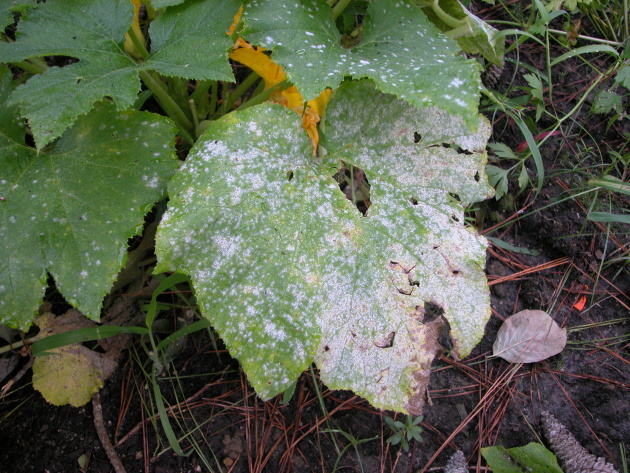
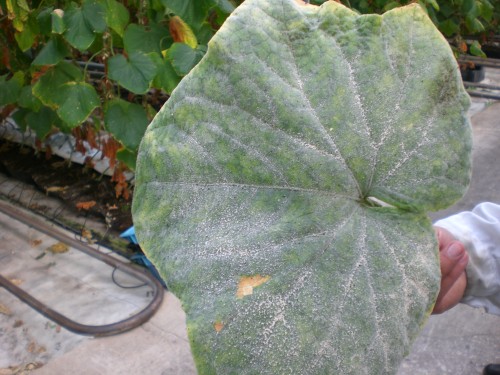
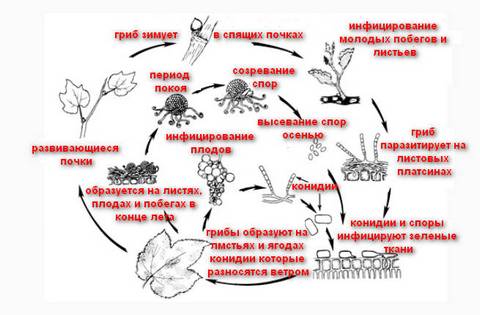

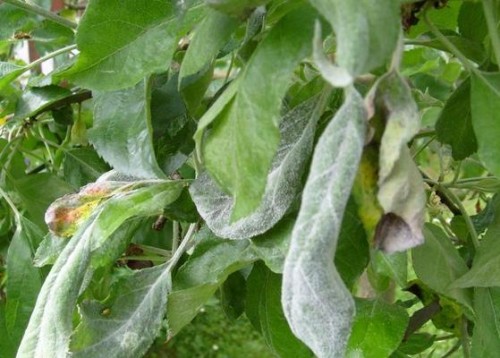
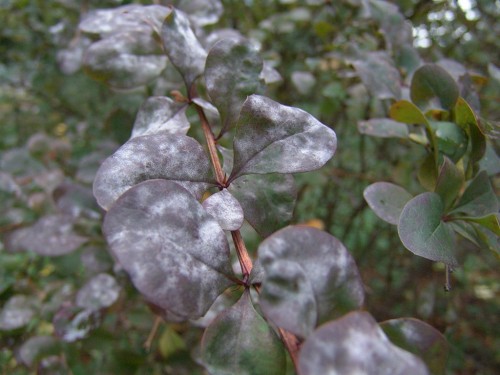
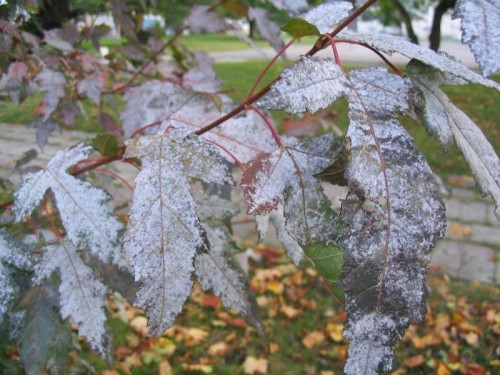
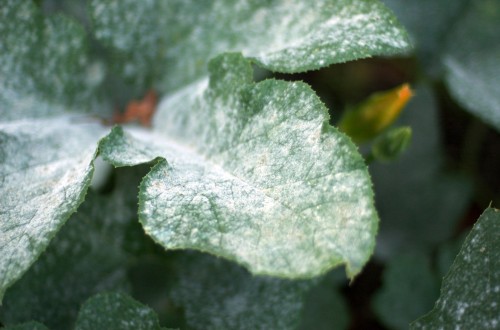
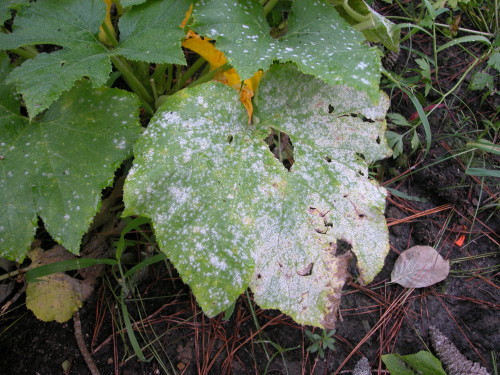
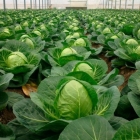
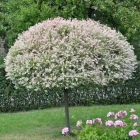
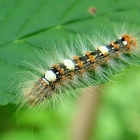
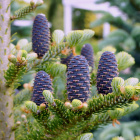
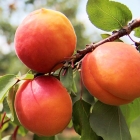
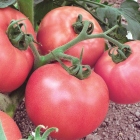
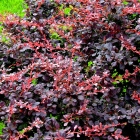

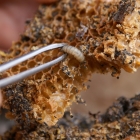

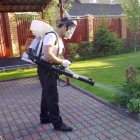
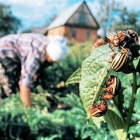
 Start a discussion ...
Start a discussion ...